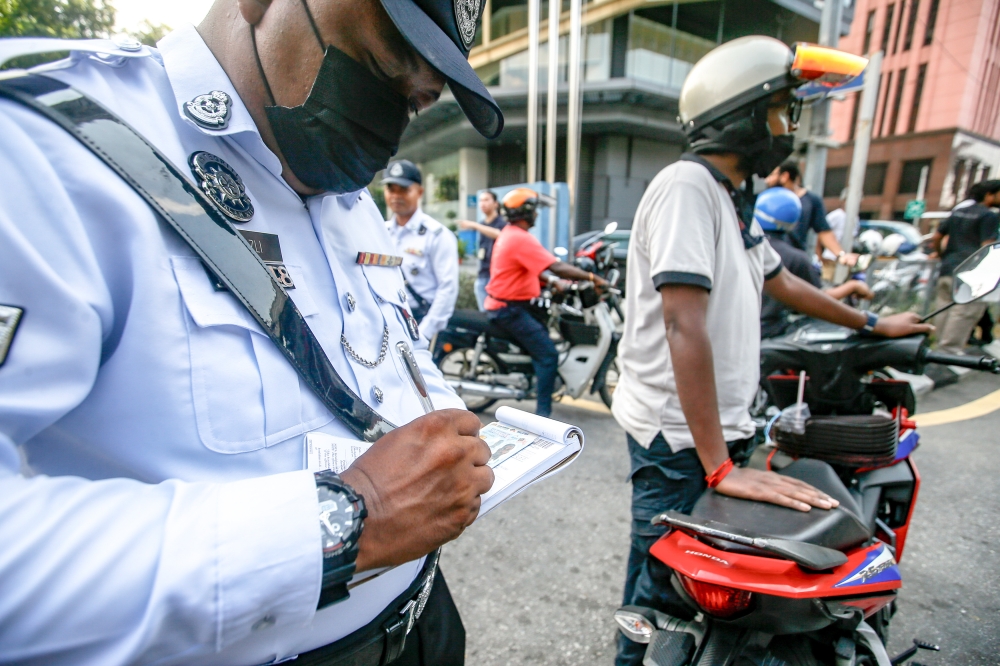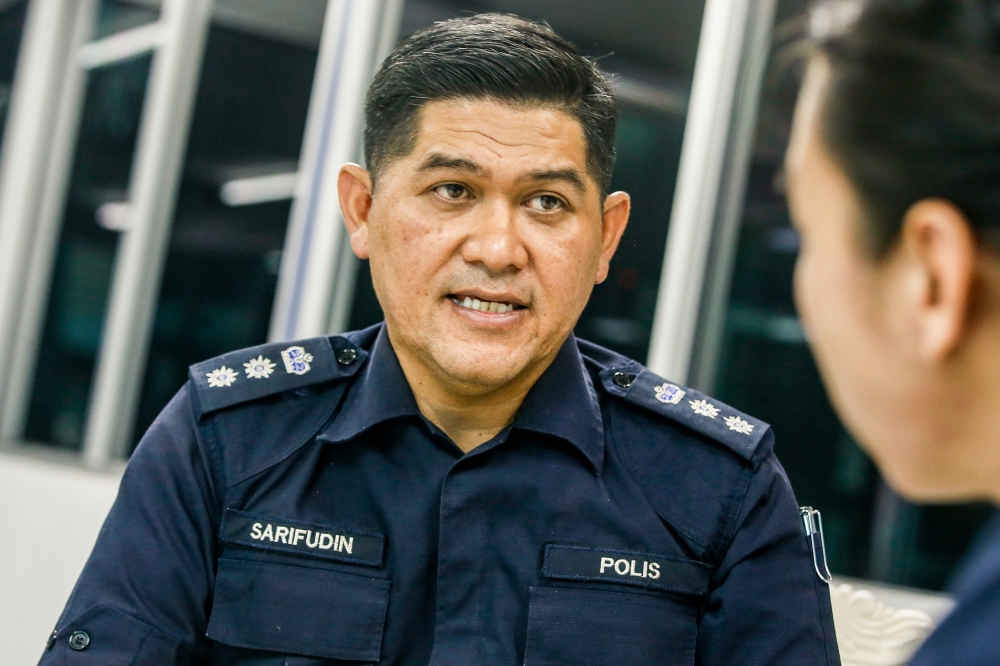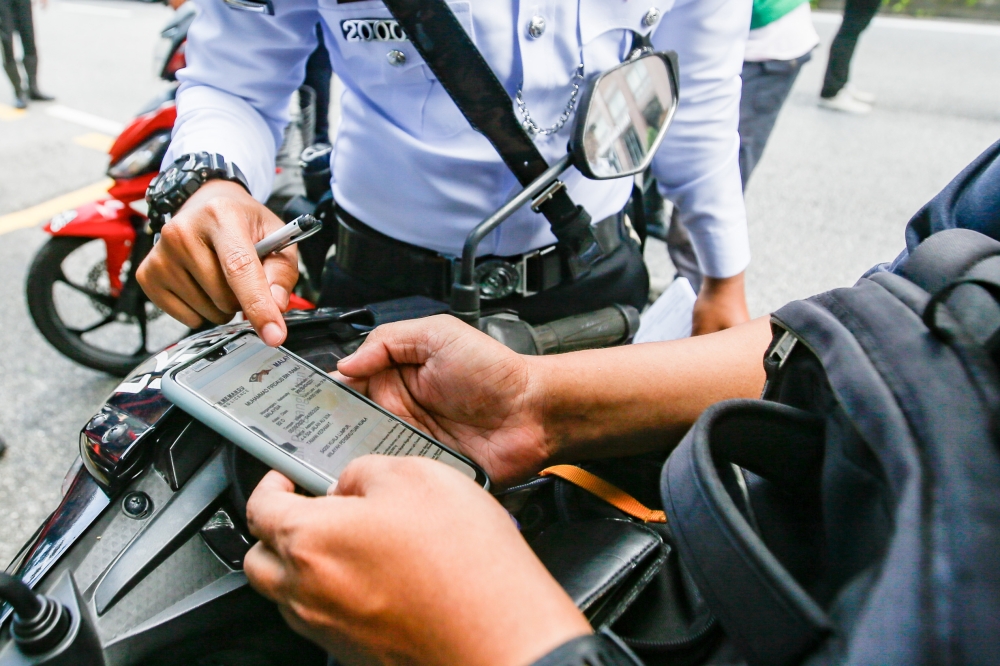KUALA LUMPUR, July 8 —This scenario may be familiar to you: In the distance, you could see flashing strobing lights. As you drive further, the traffic becomes slower and slower until you finally come to a halt, the latest vehicle to join a long queue of cars in the middle of a random road.
Yes, it is yet another police checkpoint — or “roadblocks” are we call it in Malaysia. You brace yourself as your commute gets delayed.
So, why exactly do police set up these roadblocks?
Malay Mail spoke to Kuala Lumpur Traffic Enforcement and Investigations Department (JSPT) Chief Assistant Commissioner Sarifudin Mohd Salleh to find out more about how enforcement action is carried out during these traffic operations.

Are roadblocks legal? Does the law provide for it?
Section 26 of the Police Act 1976 (also known as Act 344) confers any police officer the authority to erect any barriers on public roads as they think fit, for “the preservation of law and order” or “crime prevention”.
Sarifudin said each checkpoint must be supervised by a senior police officer with a minimum rank of inspector, and complemented by several lower-ranking officers. This could go up to 40 officers depending on the scale of the operation.
While some roadblocks are usually manned by JSPT officers, Sarifudin said roadblocks could also be manned by other personnel from the respective police districts.
“Each police district is authorised to conduct roadblocks to ensure an area’s safety under its respective jurisdiction as part of their crime prevention efforts provided under Section 26,” he said in a recent interview.

So what do enforcement officers usually look out for during roadblocks?
Sarifudin said the police look out for all sorts of traffic violations committed by motorists, regardless if it is a car or motorcycle.
“For example, we look at the registration plates; the physical exterior of the vehicle or motorcycle; drivers and their passengers; possessing valid documentation such as driving licences; these are usually the basics we looked out for before moving towards other sorts of violations,” Sarifudin explained.
However, Sarifudin said there are also roadblock operations that target specific traffic regulation violations such as drink-driving or the so-called “mat rempit” — delinquent youths on mopeds — where enforcement protocols differ slightly due to the nature of the offence.
“For example, we will conduct breathalyser tests for those suspected of drink-driving.
“With our police authority, we also use them to conduct further checks apart from traffic violations, such as drug or criminal offences or even against those we suspect of being wanted,” he said.
Those who are found to have committed an offence are then issued traffic summons — called PDRM (K) 257— which are issued in instances when a person is caught doing the offence on the spot.

Is not displaying ‘road tax’ stickers still an offence?
Following the federal government’s announcement that they will no longer need to bring with them their physical vehicle registration licence — called “road tax” here — and driver’s licence when driving their own private vehicle, many may ask: do the police have the right to issue a summons for failure to display road tax stickers?
The short answer is no, Sarifudin affirmed.
He later explained that with the move towards digitising services provided by the Road Transport Department (JPJ), police officers can perform database checks through existing systems either by one’s MyKad identification card or vehicle registration numbers (plate numbers).
However in any circumstances, if one feels wronged by the actions of a police officer during roadblocks reek of abuse of authority, Sarifudin urged those affected to lodge a police report at any station nearby.
Crucial information to be noted down for further action includes the time and location of the roadblock; details of the perpetrator such as badge number and name.
“As road users, it is important to cooperate, that means stopping at a safe location when asked to provide further documentation such as driving licence and identification by an officer,” he said.






















